

Articles
How To Make A Fence Out Of Logs
Modified: October 27, 2024
Learn how to make a beautiful and sturdy fence using logs with our informative articles. Enhance your outdoor space with this natural and eco-friendly option.
(Many of the links in this article redirect to a specific reviewed product. Your purchase of these products through affiliate links helps to generate commission for Storables.com, at no extra cost. Learn more)
Introduction
Building a fence is not only a practical way to secure your property, but it can also add a touch of rustic charm to your outdoor space. If you’re looking for a unique and eco-friendly option, a fence made out of logs might be just what you need. The natural beauty and durability of logs make for a visually appealing and long-lasting fence that can withstand the elements.
In this article, we will guide you through the process of building a fence out of logs, from selecting the right logs to adding the finishing touches. With a little bit of planning and some basic woodworking skills, you can create a fence that not only enhances the aesthetics of your property but also provides security and privacy.
Before you start gathering materials and tools, it’s important to have a clear understanding of the design and purpose of your fence. Are you building a fence for decorative purposes or to keep pets and children safely enclosed? Knowing your objectives will help you make informed decisions about log selection and fence layout.
Another factor to consider is the type of wood you want to use. Hardwoods like oak and cedar are excellent choices for log fences due to their strength and resistance to decay. Softwoods like pine can also be used, but they may require more maintenance over time.
Once you have determined the purpose and wood type, it’s time to move on to the next step: selecting the right logs.
Key Takeaways:
- Embrace the rustic charm and durability of a log fence by selecting straight, consistent hardwood logs and preparing them with care to ensure longevity and visual appeal.
- Building a log fence requires precision and attention to detail, from digging post holes to attaching subsequent rows, ensuring a sturdy and visually appealing structure that adds functionality and charm to your property.
Read more: How To Log Out Of Google Home
Selecting the Right Logs
Choosing the right logs is crucial for the success and longevity of your log fence. Here are some key factors to consider when selecting the logs:
1. Size and Shape: Look for logs that are straight and of consistent size. This will ensure that your fence has a uniform and professional appearance. Avoid logs with excessive knots or cracks, as they can weaken the structure.
2. Species: As mentioned earlier, hardwood species like oak and cedar are ideal for log fences due to their durability and resistance to rot and pests. If using softwood species like pine, make sure to treat them with preservatives to increase their lifespan.
3. Sustainability: If you are conscious about the environment, consider using reclaimed or sustainably sourced logs. This not only reduces the impact on natural resources but also adds a unique character to your fence.
4. Moisture Content: Logs used for fencing should have a relatively low moisture content to prevent shrinking and warping. Opt for seasoned logs that have been air-dried for at least six months or kiln-dried for better stability.
5. Length: Determine the desired height of your fence and choose logs that are long enough to accommodate it. Keep in mind that you will need some extra length for burying the logs into the ground.
6. Quantity: Calculate the total number of logs required based on the length of your fence and the spacing between logs. Having an accurate estimate will prevent delays and ensure that you have enough materials to complete the project.
Once you have gathered the necessary logs, it’s time to prepare them for construction. This involves removing bark, sanding rough surfaces, and treating the logs with a wood sealant or stain to enhance their appearance and protect them from weathering.
With the right logs in hand, you are now ready to move on to the next step: preparing the logs for installation!
Preparing the Logs
Before you can start assembling your log fence, it is essential to properly prepare the logs. This involves several steps to ensure they are ready for installation and will last for years to come.
1. Removing Bark: Begin by removing the bark from the logs. This can be done using a drawknife or a power washer with a bark removal attachment. By removing the bark, you prevent potential insect infestation and create a smoother surface for sealing and finishing.
2. Sanding: After the bark is removed, use sandpaper or a power sander to smooth any rough surfaces or splinters on the logs. This step will not only enhance the appearance of the fence but also minimize the risk of anyone getting hurt or snagged on sharp edges.
3. Sealing and Staining: To protect the logs from moisture, sun damage, and rot, it is essential to apply a wood sealant or stain. Choose a product that is specifically formulated for outdoor use and follow the manufacturer’s instructions for application. This step will help prolong the lifespan of the logs and maintain their natural beauty over time.
4. Cutting and Notching: Depending on the design of your fence, you may need to cut the logs to the desired length and notch them for interlocking. Use a circular saw or chainsaw to make clean and precise cuts. Notching can be done using a chainsaw or chisel, creating a secure fit between the logs.
5. Treatment for Pests: As an additional precaution, consider treating the logs with a wood preservative or insecticide to deter pests such as termites. This step is especially important if you are using softwood logs, as they are more susceptible to insect damage.
By adequately preparing the logs, you ensure that they are in optimal condition for the construction of your log fence. Take your time with this step, as it will contribute to the overall stability and attractiveness of the finished fence.
With the logs prepared and ready, you are now ready to move on to the next step: digging the post holes!
Digging the Post Holes
Now that you have prepared the logs for your fence, it’s time to dig the post holes. This is a crucial step as it will provide the foundation for your fence and ensure its stability. Follow these steps to dig the post holes properly:
1. Determine the Spacing: Start by determining the spacing between the logs. This will depend on the design and function of your fence. For a standard log fence, the spacing can be around 6 to 8 feet apart. Measure and mark the locations of each post hole along the fence line.
2. Gather the Tools: Prepare the necessary tools for digging, including a post hole digger or a power auger, a shovel, and a level. Ensure that the tools are in good condition and suitable for the soil type in your area.
3. Start Digging: Begin by digging the first post hole. Push the post hole digger or power auger into the ground and twist it back and forth to remove the soil. Dig to a depth that is at least one-third the height of your logs to ensure stability. If using a power auger, follow the manufacturer’s instructions for safe and proper use.
4. Check for Level: Once the hole is dug, place the level inside to check if the bottom is flat and level. Adjust the hole as needed to ensure that the logs will sit evenly. This step is crucial for the overall appearance and stability of your fence.
5. Repeat the Process: Move along the fence line, digging each post hole following the same steps. Make sure the spacing is consistent and use the level to check the depth and levelness of each hole.
6. Remove Debris: As you dig each post hole, remove any excess soil, rocks, or debris from the hole. This will prevent interference with the placement of the logs and help maintain a clean and stable foundation.
7. Optional: Add Gravel: If desired, you can add a layer of gravel at the bottom of each post hole before placing the logs. This can provide additional stability and drainage for your fence.
Once all the post holes are dug and prepared, it’s time to move on to the next step: setting the first row of logs!
Setting the First Row of Logs
With the post holes dug and prepared, it’s time to start setting the first row of logs for your fence. This step is critical as it will establish the foundation and alignment of the entire fence. Follow these steps to properly set the first row of logs:
1. Position the Logs: Place the logs in each post hole, ensuring that they are centered and level. The ends of the logs should be securely nested inside the notches or interlocked with adjacent logs for added stability.
2. Check for Levelness: Use a level to ensure that each log is perfectly level both horizontally and vertically. Adjust the logs as necessary by adding or removing soil from the post holes or adjusting the log placement.
3. Secure the Logs: Once the logs are level, it’s time to secure them in place. Use a sledgehammer to gently tap the logs down, ensuring they are firmly seated at the bottom of the post holes. This will help prevent shifting or movement over time.
4. Fastening the Logs: For added stability, you can choose to fasten the logs together. This can be done by using wooden pegs or screws, depending on your preference. Make sure to position the fasteners in a uniform and aesthetically pleasing manner.
5. Check Alignment: As you set the first row of logs, periodically check the alignment of the entire fence. Use a string line or a measuring tape to ensure that the logs are straight and in line with each other. This will help maintain a cohesive and visually appealing appearance.
6. Double-check Levelness: After setting each log, use the level again to confirm that they are still level. Adjust as necessary before moving on to the next log.
7. Repeat the Process: Repeat these steps for each log in the first row, moving along the fence line. Take your time to ensure that each log is set properly, level, and aligned with the others.
Setting the first row of logs correctly is crucial for the stability and functionality of your fence. Once the first row is securely in place, you can proceed to the next step of attaching the second row of logs.
When making a fence out of logs, be sure to choose logs that are straight and sturdy. It’s also important to properly secure the logs in the ground to ensure stability and longevity of the fence.
Read more: How To Make A Log Cabin Quilt Block
Attaching the Second Row of Logs
Now that the first row of logs is securely set, it’s time to move on to attaching the second row. This step will add height and strength to your log fence. Follow these steps to properly attach the second row of logs:
1. Measure and Cut: Measure and cut the logs for the second row to the desired length using a circular saw or chainsaw. Make sure the length matches the spacing between the logs in the first row.
2. Notching: In order to interlock the logs of the second row with the first row, create notches on the ends of the logs. This can be done using a chainsaw or chisel. The size of the notches should correspond with the size and shape of the logs in the first row.
3. Apply Sealant: Before attaching the second row, apply a wood sealant or stain to the cut ends and notches of the logs. This will protect them from moisture and ensure longevity.
4. Position and Align: Place the logs for the second row on top of the first row, aligning the notches with the logs of the first row. Ensure that they are level and properly seated on the first row.
5. Attach the Logs: Secure the logs of the second row to the logs of the first row using screws or wooden pegs. Position the fasteners in a manner that ensures a secure and visually appealing attachment. Make sure to use screws or pegs that are suitable for outdoor applications and can withstand the elements.
6. Check for Levelness: As you go along attaching the second row, periodically check for levelness using a level. Adjust as necessary to maintain a straight and level fence.
7. Repeat the Process: Repeat these steps for each log in the second row of your fence. Take your time to ensure that the logs are securely attached and properly aligned with the first row.
Attaching the second row of logs is a significant step in the construction of your log fence. Once completed, you can continue with subsequent rows to achieve the desired height and functionality of your fence.
Continuing with Subsequent Rows
Now that the first two rows of logs are securely attached, it’s time to continue with subsequent rows to build the desired height and structure of your log fence. Follow these steps to properly continue with the construction of the fence:
1. Measure and Cut: Measure and cut the logs for the next row to the desired length. Use a circular saw or chainsaw to make clean and precise cuts. Make sure the length matches the spacing between the logs in the previous row.
2. Apply Sealant: Before attaching the logs, apply a wood sealant or stain to the cut ends of the logs. This will protect them from moisture and ensure their longevity.
3. Position and Align: Place the logs for the subsequent row on top of the previous row, aligning them with the notches or interlocking sections of the logs below. Ensure that they are level and properly seated on the previous row.
4. Attach the Logs: Secure the logs of the subsequent row to the logs below using screws or wooden pegs. Position the fasteners in a manner that ensures a secure attachment and maintains the visual integrity of the fence.
5. Check for Levelness and Alignment: As you go along attaching each row, periodically check for levelness and alignment using a level. Adjust as necessary to maintain a straight and level fence.
6. Repeat the Process: Repeat these steps for each subsequent row until you achieve the desired height and structure for your log fence. Take your time to ensure that each log is securely attached and properly aligned with the rows below.
Continuing with subsequent rows requires attention to detail and precision to maintain the strength and visual appeal of your log fence. With each row added, the fence will take shape and provide the desired privacy and security for your property.
Installing the Gate
As you near the completion of your log fence, it’s time to install the gate. The gate not only provides access to your property but also adds functionality and convenience to your fence. Here are the steps to properly install the gate:
1. Measure and Plan: Start by measuring the width of the gate opening. Take accurate measurements to ensure that the gate will fit properly between the posts. Consider the desired height of the gate and select appropriate-sized logs.
2. Cut and Prepare the Logs: Cut the logs for the gate components, including the vertical posts, the horizontal rails, and any additional diagonal or cross members. Use a circular saw or chainsaw to make precise cuts.
3. Notching and Mortising: Create notches and mortises in the gate posts and rails to interlock them securely. This will provide strength and stability to the gate assembly. Use a chainsaw or chisel to make the necessary cuts.
4. Attach the Gate Components: Assemble the gate by attaching the horizontal rails to the vertical posts. Use screws or wooden pegs to secure the joints. Double-check for levelness and alignment as you assemble the gate.
5. Install Hinges: Attach the gate hinges to one of the gate posts and the adjacent fence post. Use sturdy hinges that can support the weight of the gate. Follow the manufacturer’s instructions for proper installation.
6. Mount the Gate: Carefully position the gate between the gate posts, ensuring that it fits properly into the gate opening. Attach the gate to the hinges, allowing it to swing freely. Verify that the gate opens and closes smoothly.
7. Install a Latch or Lock: To secure the gate, install a latch or lock mechanism. Choose a latch or lock that meets your security needs and complements the overall aesthetics of the fence. Follow the manufacturer’s instructions for proper installation.
Installing the gate is an essential step in completing your log fence project. Take your time to ensure that the gate is properly aligned, functions smoothly, and provides the necessary security for your property.
Finishing Touches
With the main construction of your log fence and gate complete, it’s time to add the finishing touches. These final details will enhance the overall appearance and durability of your fence. Here are some important finishing touches to consider:
1. Trim and Edging: Consider adding trim or edging to the top of your fence for a polished and finished look. This can be achieved using decorative log caps, wooden pickets, or metal accents. Trim and edging not only add visual appeal but also help protect the top logs from moisture and wear.
2. Staining or Painting: If desired, apply a coat of stain or paint to the exterior of the fence to further protect it from the elements and enhance its appearance. Choose a color that complements your outdoor space or opt for a natural wood finish to showcase the beauty of the logs.
3. Sealant or Weatherproofing: Apply a weatherproof sealant to the entire fence, including the logs, to protect them from moisture, UV damage, and insects. This step is particularly important for maintaining the longevity of your log fence and reducing the frequency of maintenance over time.
4. Gate Hardware: Consider adding decorative hardware to the gate, such as hinges, handles, and latches. Choose hardware that matches the style of your fence and provides ease of use and security. Make sure the hardware is durable and able to withstand outdoor conditions.
5. Landscaping: Enhance the overall aesthetic of your log fence by incorporating landscaping around it. Plant flowers, shrubs, or climbing vines near the fence to soften its appearance and create a natural backdrop. This will help integrate the fence into your outdoor space and enhance its overall appeal.
6. Regular Maintenance: Keep your log fence looking its best by implementing regular maintenance. This can include checking for any loose or damaged logs, cleaning the fence with a mild detergent, and reapplying sealant or stain as needed. Regular maintenance will help extend the lifespan of your fence and keep it looking beautiful for years to come.
By paying attention to these finishing touches, you can elevate the overall look and functionality of your log fence. These final steps will not only enhance its durability and longevity but also ensure that it becomes a standout feature in your outdoor space.
Read more: How To Make A Fence Door
Conclusion
Building a fence out of logs is not only a practical way to secure your property but also a unique and visually appealing addition to your outdoor space. Throughout this guide, we’ve discussed the important steps involved in constructing a log fence, from selecting the right logs to adding the finishing touches. By following these steps and exercising careful planning, you can create a sturdy and beautiful log fence that adds both functionality and charm to your property.
Remember to start by selecting the right logs – straight, consistent in size, and ideally hardwood species like oak or cedar for durability. Preparing the logs by removing the bark, sanding rough surfaces, and applying a sealant or stain will ensure their longevity and protect them from the elements.
Next, digging the post holes and setting the first row of logs are crucial for establishing a solid foundation for your fence. Attaching subsequent rows of logs, ensuring levelness and alignment, will provide the desired height and strength to your fence.
Once the construction is complete, installing a gate will add functionality and ease of access to your property. Adding finishing touches like trim, stains or paint, sealant, gate hardware, and complementary landscaping will further enhance the appearance and durability of your log fence.
It is worth noting that regular maintenance, such as checking for any damage or loose logs and applying fresh sealant or stain, will ensure the long-term integrity and beauty of your fence.
With a log fence as your boundary, you can enjoy privacy, security, and a rustic charm that blends seamlessly with nature. So, roll up your sleeves, gather the necessary tools and materials, and embark on the rewarding journey of building your very own log fence.
After mastering log fence construction, why not expand your crafting skills with exciting woodworking projects? Each guide offers unique ideas that can transform any outdoor area. Speaking of outdoors, our DIY outdoor projects provide creative ways to beautify your living space. For those who love the charm of well-designed barriers, our collection of innovative garden fence designs will surely inspire your next project. Dive into these resources and start bringing more creativity to your home and garden today!
Frequently Asked Questions about How To Make A Fence Out Of Logs
Was this page helpful?
At Storables.com, we guarantee accurate and reliable information. Our content, validated by Expert Board Contributors, is crafted following stringent Editorial Policies. We're committed to providing you with well-researched, expert-backed insights for all your informational needs.
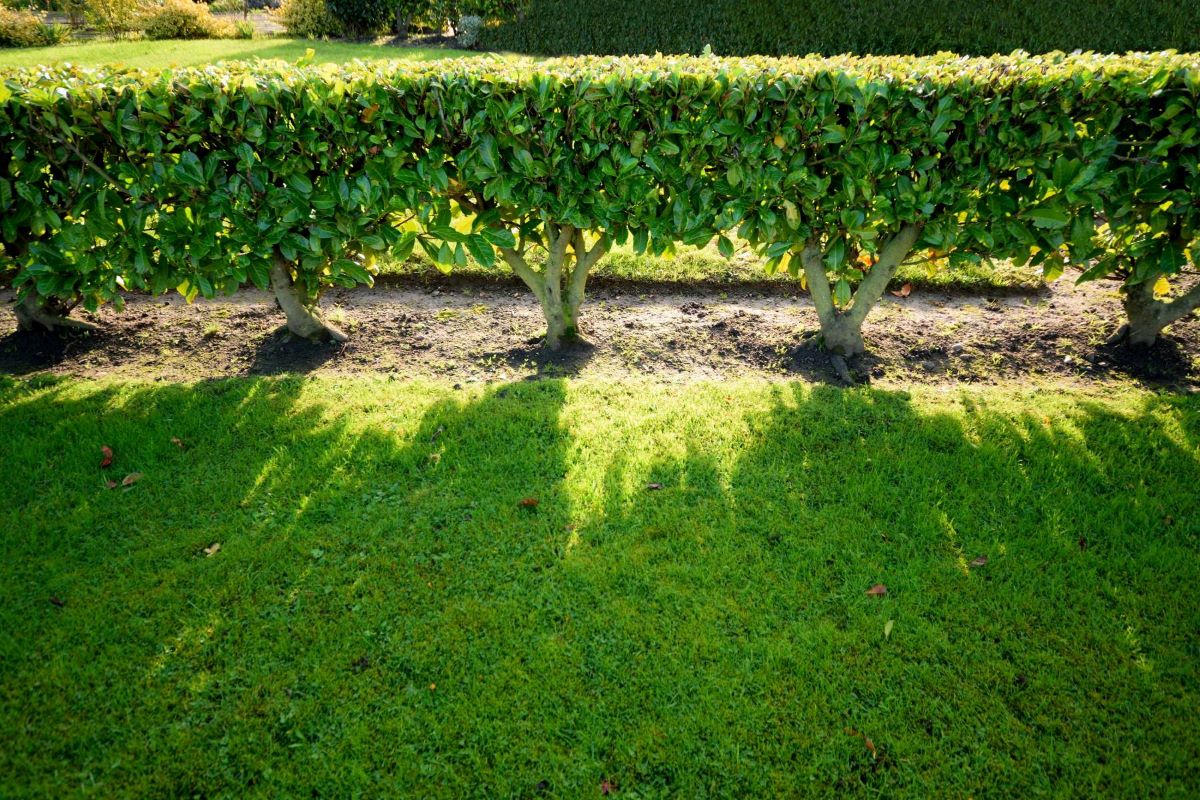
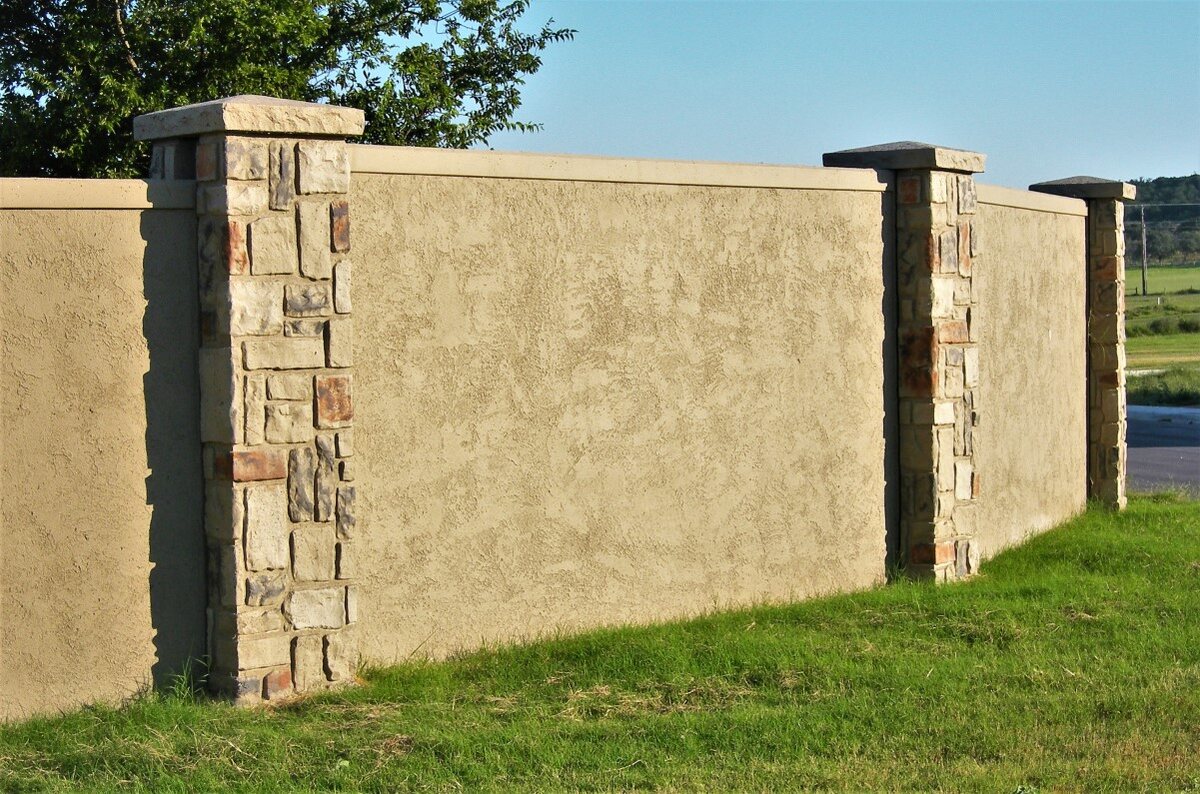
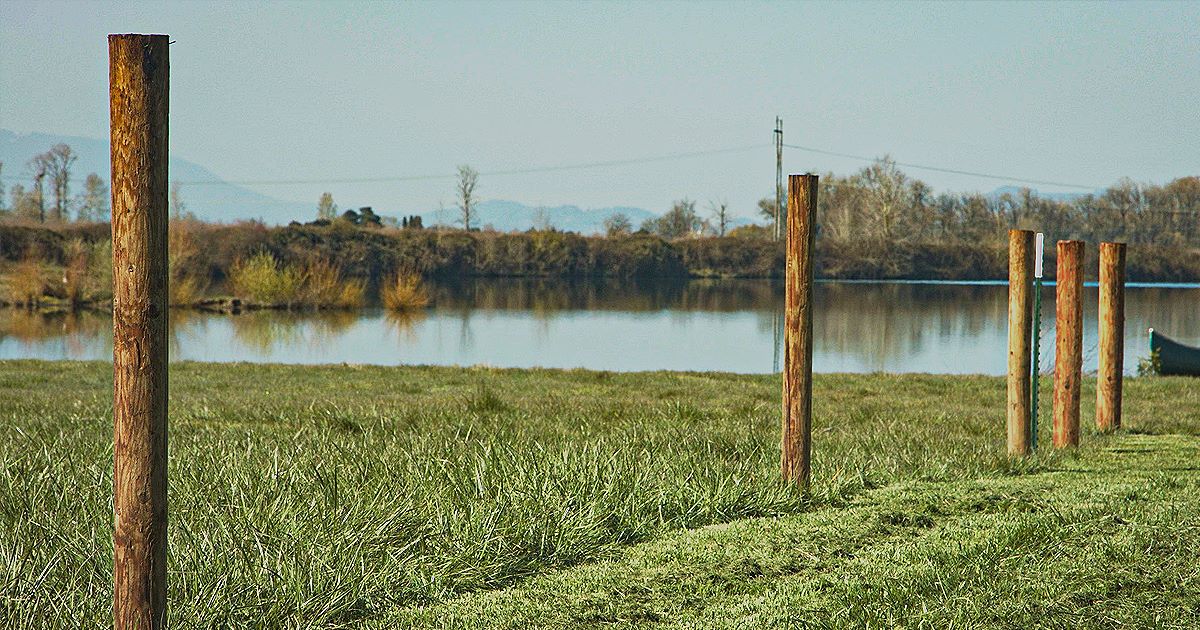
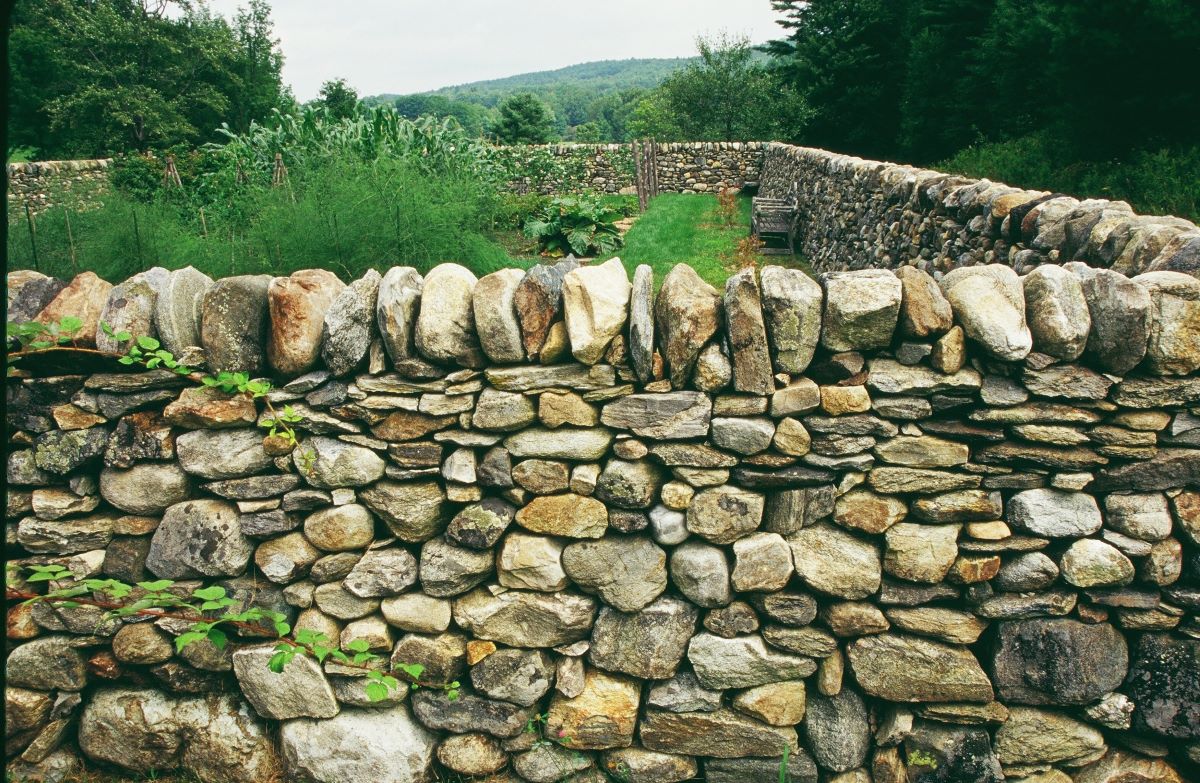

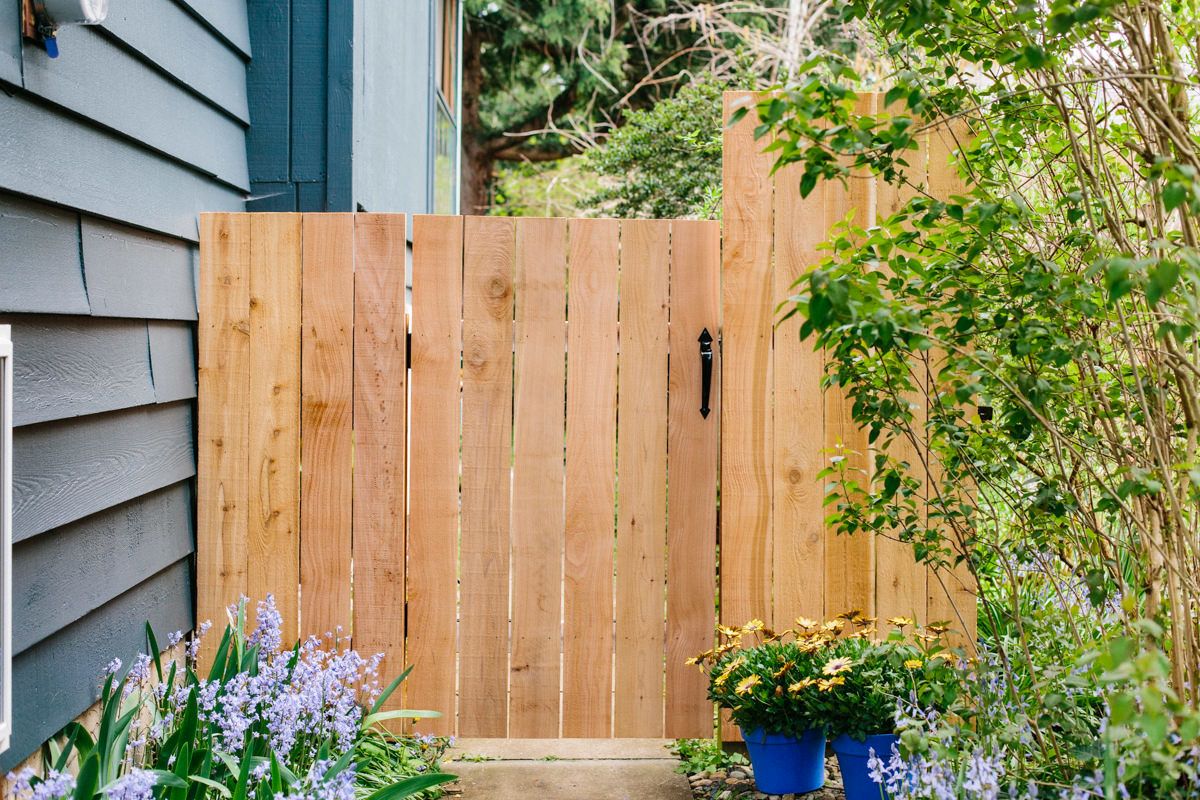

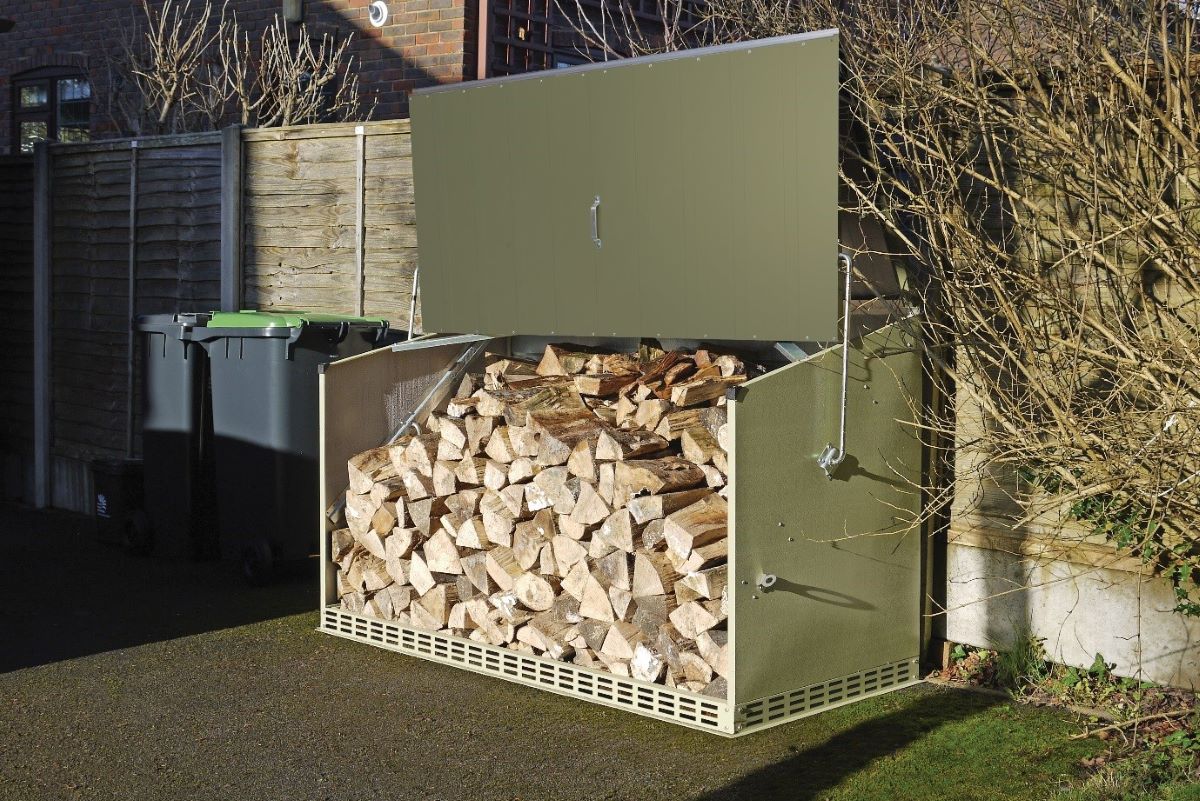
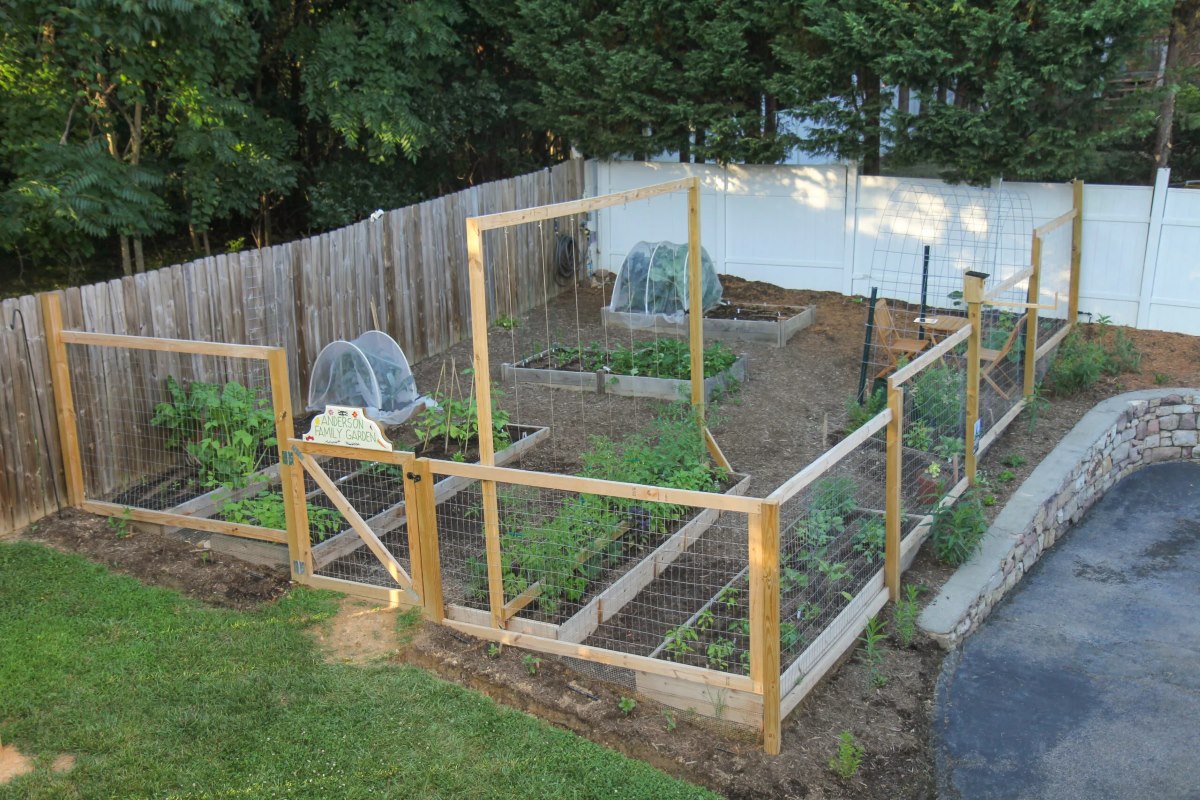


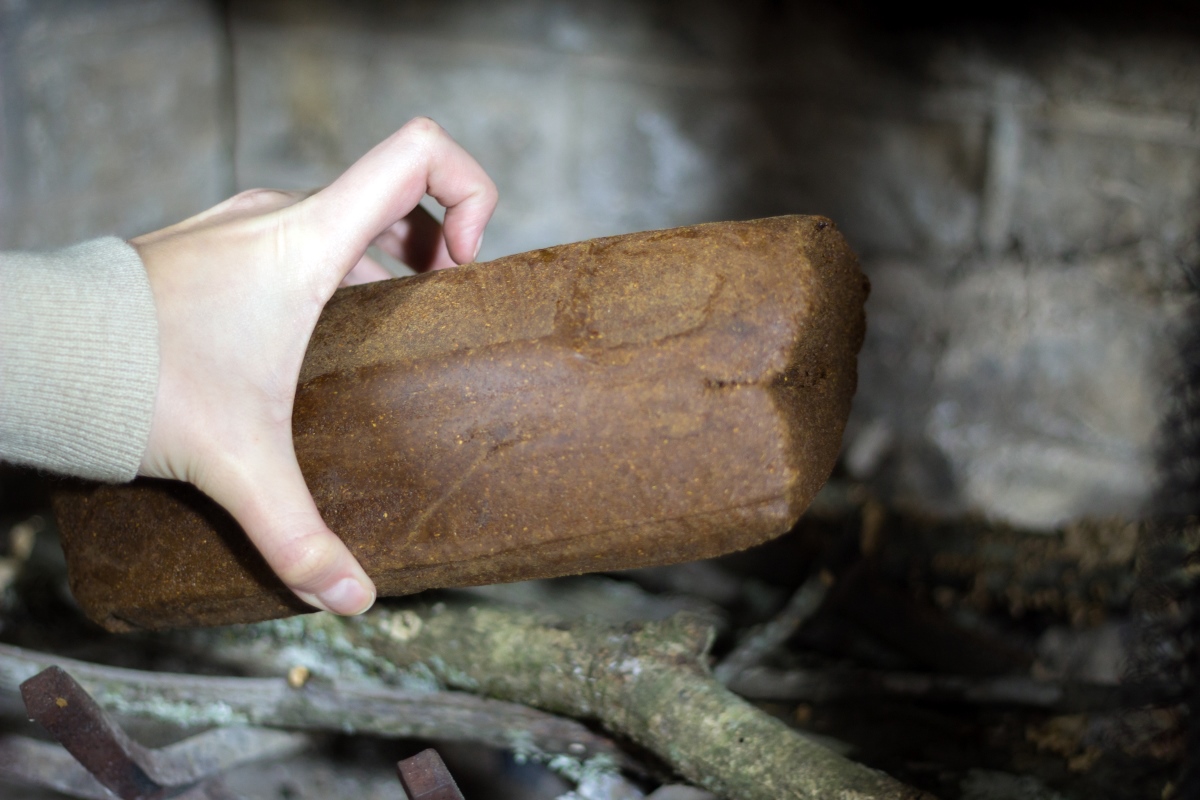


0 thoughts on “How To Make A Fence Out Of Logs”